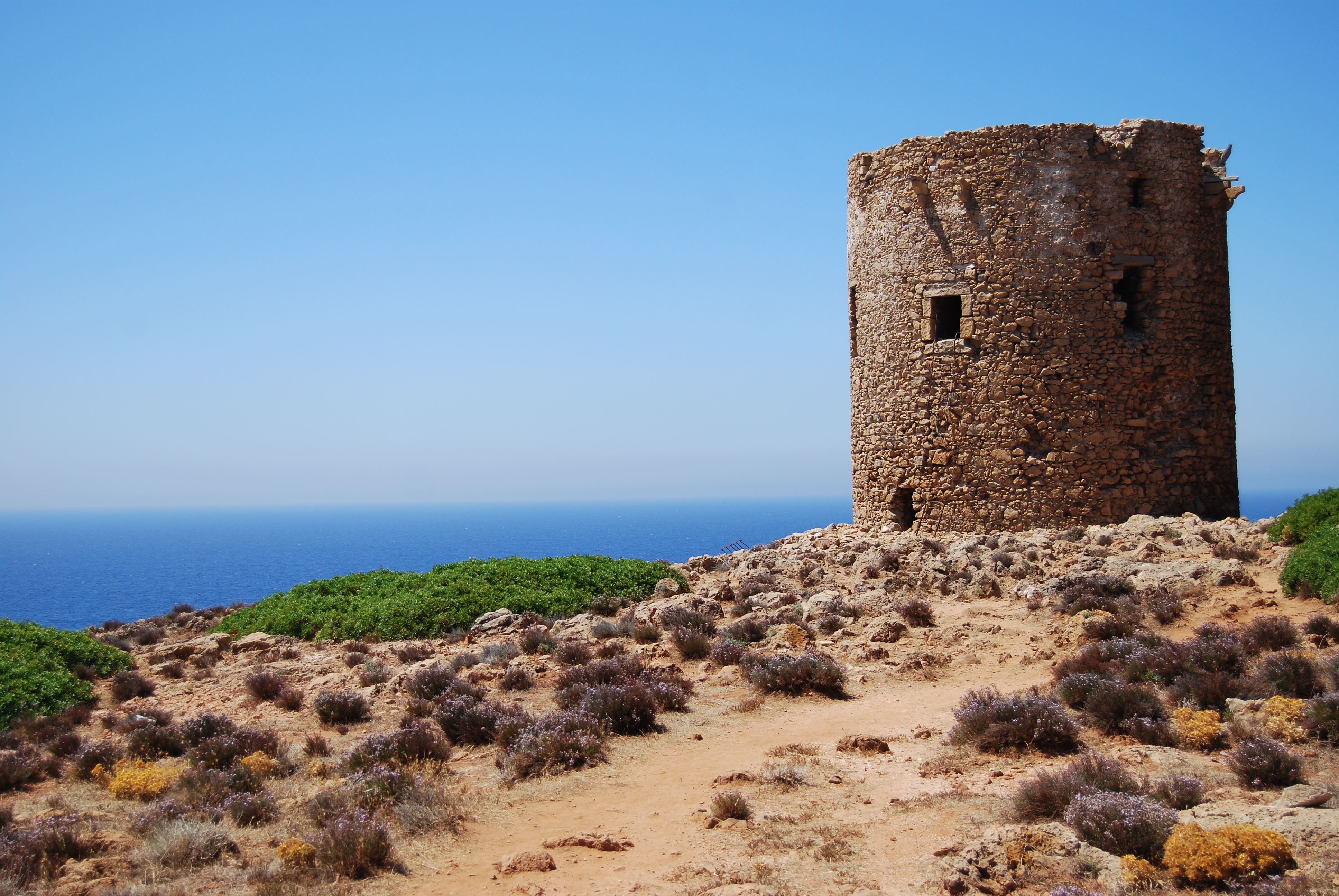Sardinia: Not Only Sun, Salt and Sea 0 Comments

While reading and studying Sardinia with immense wonder, I persist in discovering its countless cultural treasures. And the more I learn, the more I realize I still know very little ... and its appeal increases more and more.
I love Sardinia for its sea, its beaches, its rocks, its climate, the Sardinia we all know, the one of the seaside tourism, the one of food and wine tourism. But the island is not just sun, sea and beach, wine and good food: it is primarily history and culture. And its charm is available to anyone who wants to see, only by travelling inland to discover the territory.
Sardinia really is a land full of jewels. Here you can find: the Nuraghe, the typical stone buildings in the shape of a truncated cone; the Nuragic Holy Wells, of surprisingly advanced architectural techniques, dedicated to the cult of water; the Tombs of the Giants, or Giant’s Grave imposing monuments with a semi-circular plant, built with large stone monoliths implanted in the ground for collective funerary structures; the Domus de Janas, the fairies houses, actually tombs and necropolises dug in the rock, often rich in wall decorations; the Menhirs, large boulders, more or less processed, stuck into the ground; the Dolmens, formed by two vertical stones that support one horizontally placed above them; the Cromlechs, megalithic circles that are supposed to have a function of the calendar for the calculation of the rising and setting of the sun during the solstices; the Megaron Temples, so named for their structure that recalls the most internal environment of the Mycenaean palaces; the Roundhouses with basin, buildings of a circular structure with stone benches located all around, with a stone basin placed on the paved floor in the centre of the room.
The use of all these marvels is still based on theory, which hypothesizes their use for ceremonial rites, cults, medicine, life and death. But the research of archaeologists has made great strides in recent decades, so it is hoped to soon be able to give a historical certainty to this wonderful Nuragic world, currently surrounded by myth and magic. It will then be a story to be rewritten that will elevate the importance of the ancient Sardinian past, that past that until now can be glimpsed but not yet fully focused. Consequently, the main interpreters of the Nuragic world will also emerge. For example, the ancient Shardana Warriors: who were these substantial performers of the Nuragic world and where did they come from?
But even before having these important certainties, it would be adequate to divulge the existing treasures to the world of tourism allowing the acquaintance of this semi-unknown Sardinia, which will have a fundamental benefit because, to the current mainly sun, salt and the sea tourism a new one will be added, the cultural one involving the magnificent Sardinian hinterland as well as its already famous and visited coasts.
“There are holes in Sardinia that are fairies houses, ... secret waters mirroring the moon reveal the future and its deceptions. There are statues of ancient warriors as tall as no Sardinian has ever been ... and seas of wheat far away from the sea, studded with menhirs...” (Michela Murgia).
--
Written by Daniela Toti
Share your opinion with us!